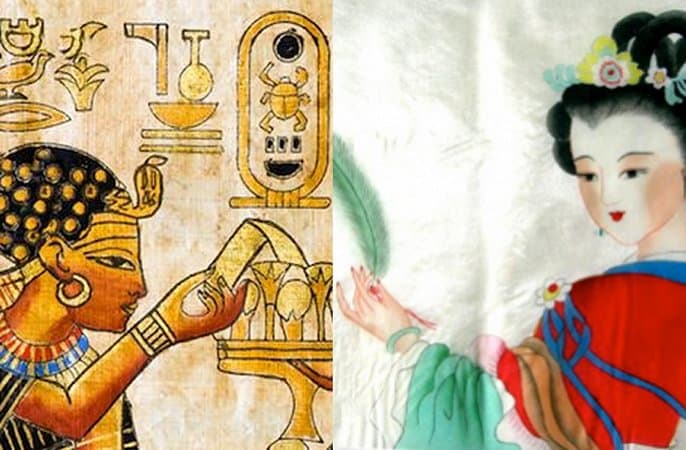sierra-barter.com – Nail art, the creative practice of decorating nails, has evolved significantly over the centuries. It reflects cultural changes, technological advancements, and shifts in beauty standards. From ancient civilizations to today’s vibrant nail art scene, here’s a look at how nail art has transformed over time.
Ancient Beginnings
Egypt and China: The Pioneers of Nail Decoration
Nail art has roots stretching back to ancient civilizations. Around 5,000 years ago, in ancient Egypt, the upper class used henna to dye their nails, signifying wealth and social status. Similarly, in ancient China, nail colors were used to signify class distinctions, with royal families using gold and silver to adorn their nails. During the Zhou Dynasty (1046-256 BC), Chinese royalty used a mixture of beeswax, egg whites, gelatin, and gum Arabic to color their nails.
The Middle Ages to the Renaissance
During the Middle Ages, nail care and decoration lost some prominence due to the cultural and religious shifts in Europe. However, in the Renaissance, grooming and personal care began regaining popularity. Manuscripts from this period depict women using various oils and powders to care for their nails.
The 19th and Early 20th Century
The Birth of Modern Manicure
In the 19th century, the concept of the manicure was born in Europe, particularly in France. Nail files and buffers began to emerge, and the first liquid nail polish appeared in the 1920s, inspired by automobile paint. In the 1930s, the iconic half-moon manicure became popular, characterized by leaving the half-moon at the base of the nail unpainted.
The 1960s to 1980s
The Explosion of Colors and Creativity
The 1960s saw a revolution in nail art with the introduction of bright, bold colors. Nail polish brands began to experiment with a variety of hues, and the concept of matching nails to outfits became trendy. The 1980s further pushed the envelope with the introduction of acrylic nails, allowing for more elaborate designs and the popularization of nail salons.
The 1990s to 2000s
Nail Art as Self-Expression
The 1990s and early 2000s marked the era of nail art as a form of personal expression. Nail technicians experimented with airbrushing techniques, rhinestones, and other embellishments. The rise of hip-hop culture also influenced nail trends, with artists and celebrities showcasing intricate designs and long, embellished nails.
The Modern Era
A Fusion of Art and Technology
Today, nail art is a global phenomenon with endless possibilities. Social media platforms like Instagram and Pinterest have become galleries for nail art inspiration, allowing artists to showcase their work to a global audience. Technological advancements, such as gel polishes and nail art printers, have expanded the creative potential, allowing for complex designs that last longer. Trends like holographic nails, 3D embellishments, and minimalist designs coexist, reflecting diverse tastes and styles.
Conclusion
From ancient practices to modern trends, nail art has continually evolved, reflecting cultural changes and technological advancements. As an art form, it allows for endless creativity and personal expression, proving that nails can be a powerful canvas for art. Whether you prefer a simple coat of polish or intricate designs, nail art remains a dynamic and integral part of beauty and fashion.
